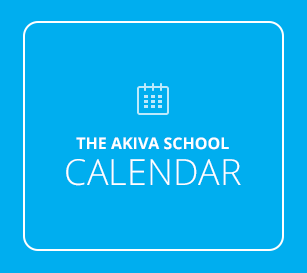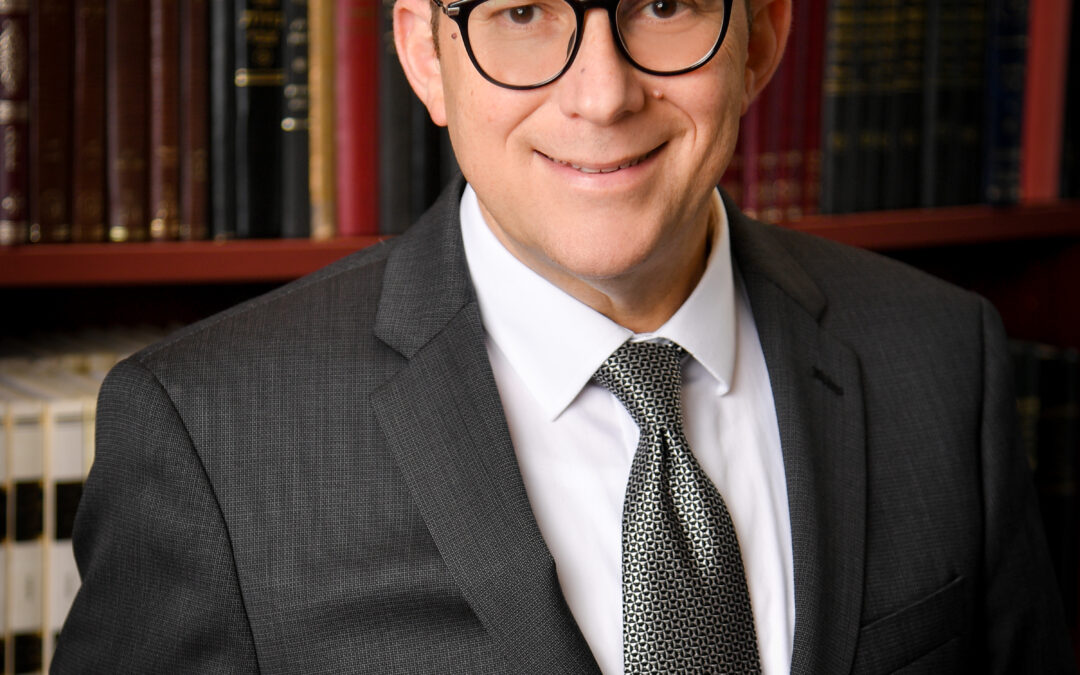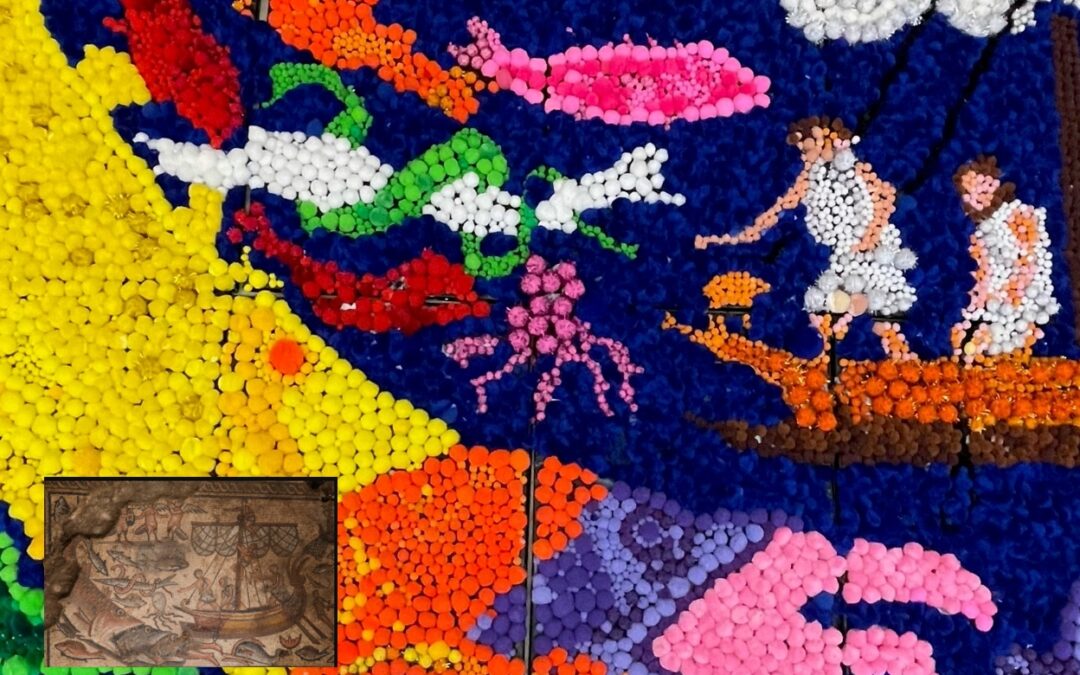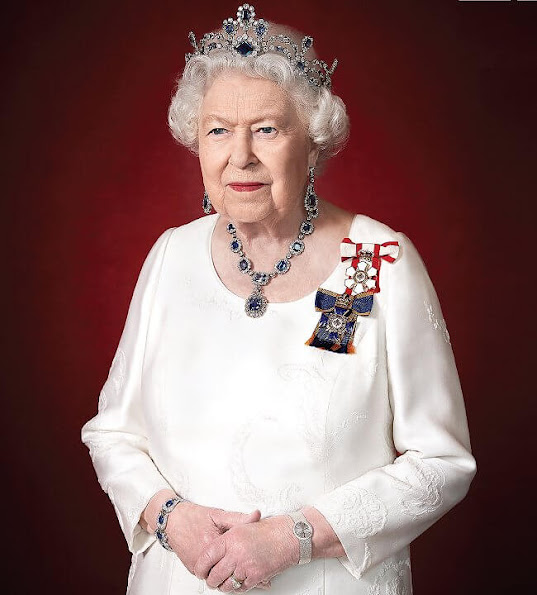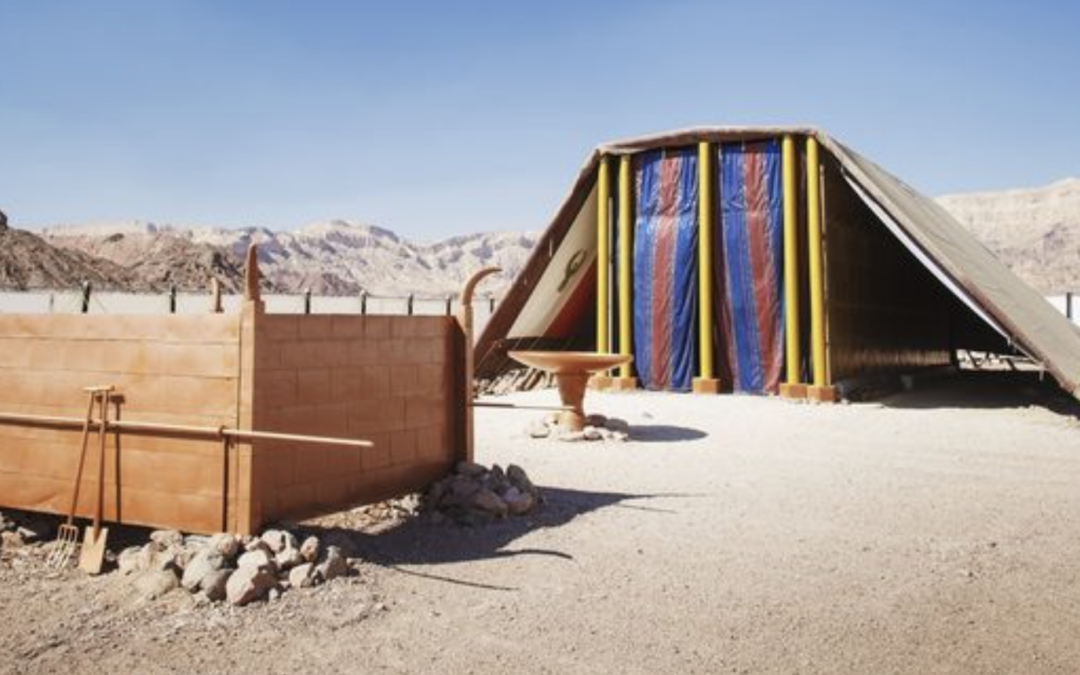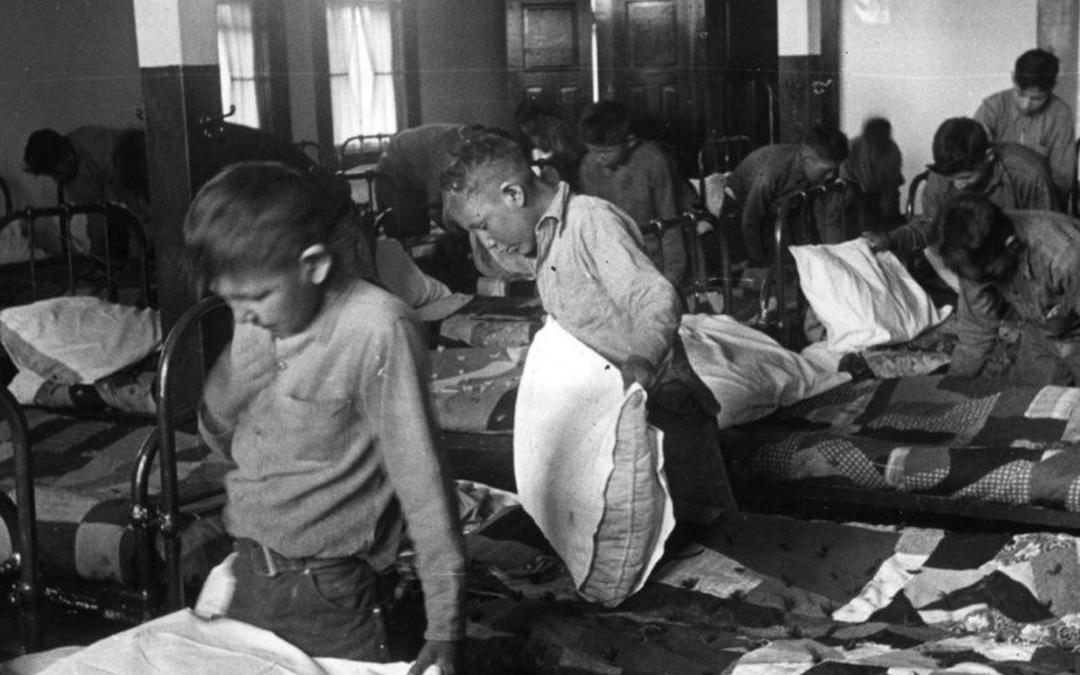 Next week we will be commemorating the holiday known as Yom Yerushalayim, celebrating the reunification of Jerusalem after the 1967 war. After the UN partition plan and resulting Arab-Israeli war, the old city of Jerusalem remained under Jordanian rule. Many structures in the Old City, including the cemetery on the Mt. of Olives, were left in a ruined state. On June 7, 1967, after a hard –fought battle, the city of Jerusalem was captured and reunified. If you visit Israel today, you can still see remnants of the tanks on the side of the road leading up to Jerusalem which serve as a reminder for this significant moment in Israel’s history.
Next week we will be commemorating the holiday known as Yom Yerushalayim, celebrating the reunification of Jerusalem after the 1967 war. After the UN partition plan and resulting Arab-Israeli war, the old city of Jerusalem remained under Jordanian rule. Many structures in the Old City, including the cemetery on the Mt. of Olives, were left in a ruined state. On June 7, 1967, after a hard –fought battle, the city of Jerusalem was captured and reunified. If you visit Israel today, you can still see remnants of the tanks on the side of the road leading up to Jerusalem which serve as a reminder for this significant moment in Israel’s history.
The book of Numbers (Bamidbar) begins with a census of all the Israelites. Each member is asked to be counted so that they may know the numbers of the eligible males in preparation for their possible military encounters with other nations in the desert as well as for their future in Canaan.
“Take the sum (“lift the head”) of all the congregation of the children of Israel, by families following their fathers’ houses; a head count of every male according to the number of their names.…” (Numbers 1; 2)
If the purpose of the census was to know how many men were available to constitute an army that would be able to fight and protect the people in their journeys towards the Promised Land, why was it necessary to identify them according to their families? What is the significance of defining these soldiers by family rather than just by a number?
I believe that the census was carried out by identifying soldiers by their families in order to highlight the idea that humans are more than just numbers. The Torah is teaching us never to view our soldiers, or any individuals, as mere numbers but rather as members of a family, community, and people. In contrast to the Nazis who branded the Jews with numbers, we as Jews cannot ever forget the origins and connections of a human being. If we are just numbers, then we are each replaceable. The Nazis used numbers to dehumanize and devalue us. But the message of the Torah is the opposite. Each individual is a person with friends and with ambitions; with a past and the potential for a great future. The army of Israel and the Jewish people can never be seen as only a “machine of war” but as an army of individuals with hopes and dreams and a determined ambition for the future. It is precisely for this reason that Moshe was asked by God to identify each person as a member of family unit. Moshe had to count the people and know their connections within the community.
Rabbi Jonathan Sacks elaborates this point beautifully.
“That is the meaning of the phrase, “lift the head,” used in the context of a census. God tells Moses that there is a danger, when counting a nation, that each individual will feel insignificant…Against that, God tells Moses to lift people’s heads by showing that they each count; they matter as individuals….In Judaism taking a census must always be done in such a way as to signal that we are valued as individuals. We each have unique gifts. There is a contribution only I can bring. To lift someone’s head means to show them favour, to recognize them. It is a gesture of love.” (Covenant and Conversation)
As we celebrate Yom Yerushalayim, let us keep in mind the many soldiers that died in all of our battles – their individual legacies and the families they left behind. We might not know their names, but we know they counted.

